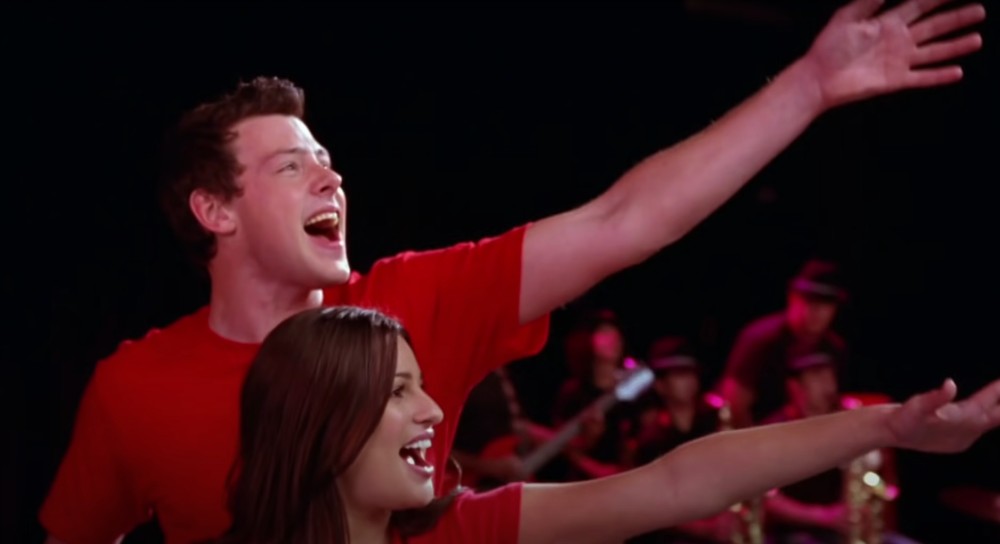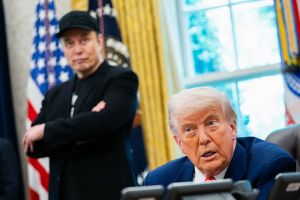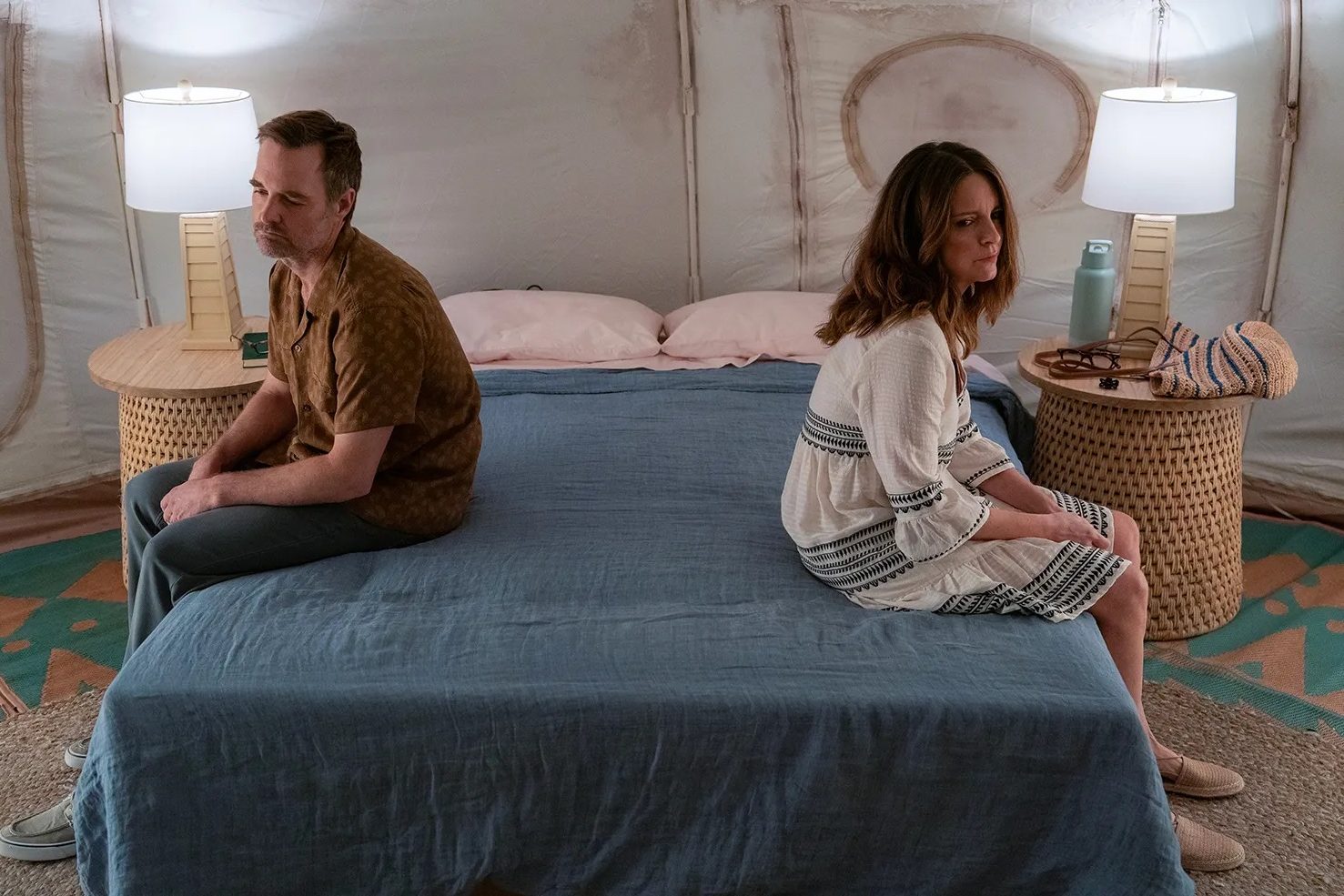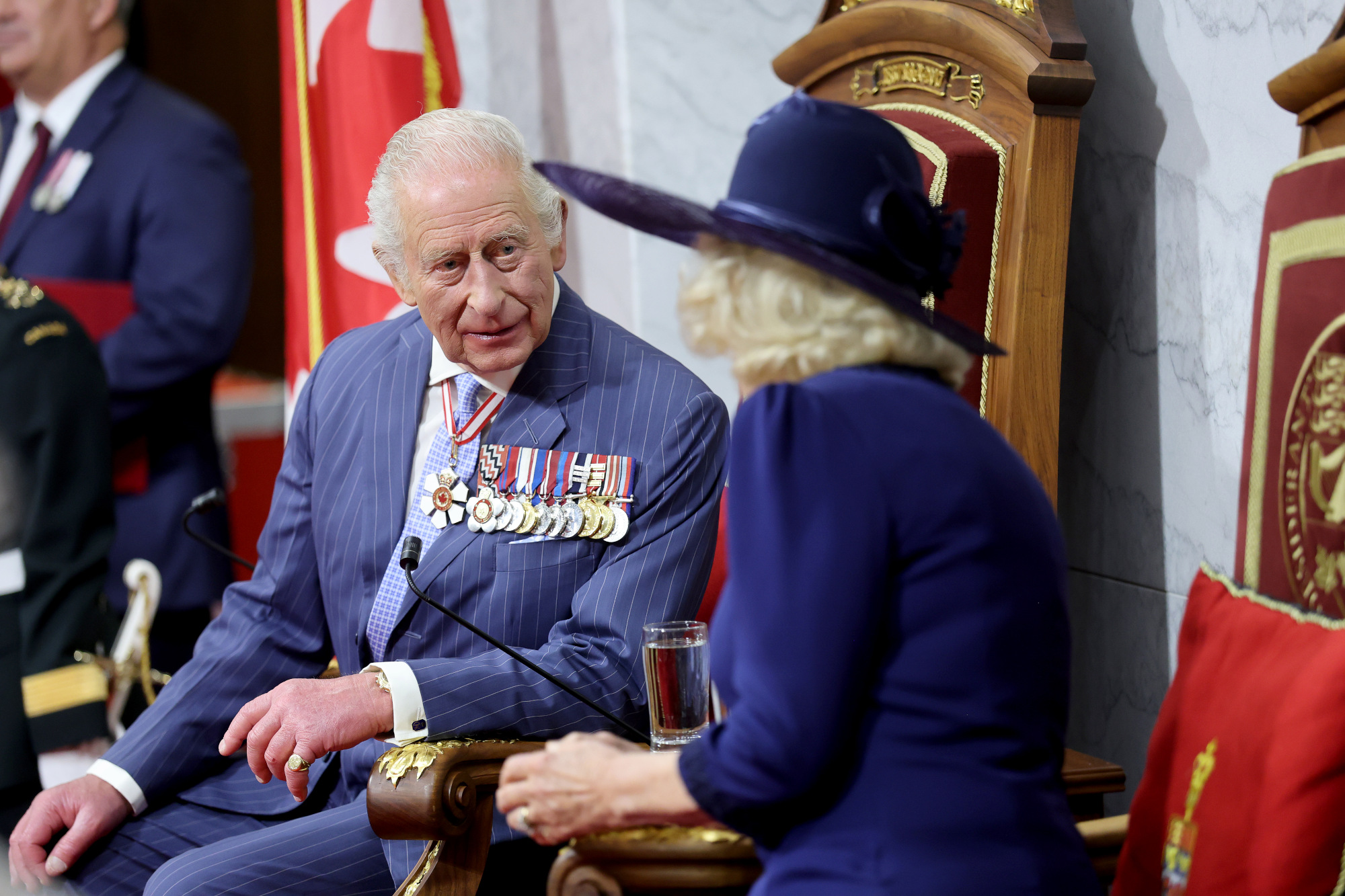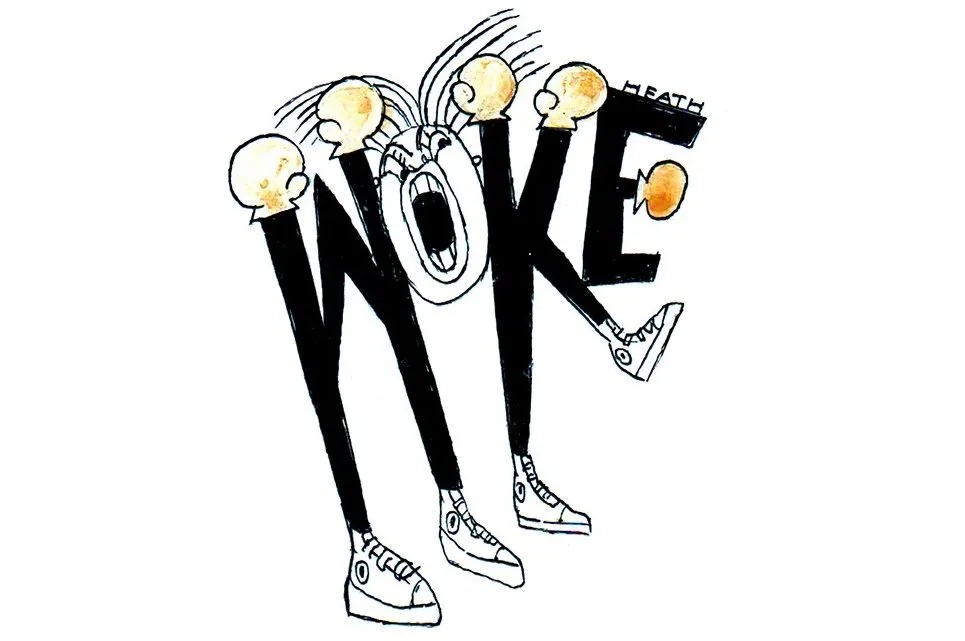YouTube just sent me down a spiral rewatching old Glee clips. I was never a Glee fan per se, but it was one of a handful of shows I watched when my kids were in Peak Mode, old enough to be interesting as people but not yet old enough to realize I was not interesting. My kids are adults now; did TV help form them?
It did. And what we all learned, and especially how we learned it, is a lesson on the failure of 2021 wokeness to achieve change and instead just piss people off.
In 2021, Glee strikes me as influential. When it first aired, it was thought of as, at least in a suburban way, edgy. I’m sure eyes all across Brooklyn are rolling but they miss the point. Glee being suburban was the point. It was edgy not because we didn’t already know gay dudes liked show tunes but because it took place in suburbia (Ohio for God’s sake) and was meant to be watched in suburbia by families together.
In the early 2000s, it was edgy to have a gay high school kid coming out, and two girls in love with each other without either of them looking like pitbulls with mullets. Better yet, for my prepubescent but still attuned kids, we had a chance to try out talking about things without wokeness being shouted at us and accusations that I was a patriarchal fascist. It seems trivial now when trans-everything is part of everything but even as a relatively open household we needed to wade in shallow waters first. It prepared us when things got more complicated. We were less successful in that regard watching Family Guy together.
There was a lot of reality to suspend in Glee. It’s what made Glee more of a parody at times, and kept The Message from overwhelming every scene. Yes, a nowhere Ohio high school somehow threw together Broadway-level shows spontaneously. Never mind that nearby there was a private boys school essentially the equivalent of a West Village bathhouse. It feels awkward today that the Disabled Kid was considered empowered by being pushed back and forth through the dance numbers, never mind that the actor who played him looked like he was 40 by the time the show ended.
Showing how wokeness changed, despite the stunning number of LGB kids at this isolated school, it was only toward the end of the show’s run that a transperson showed up, and with no fights with the lesbian community over TERF or whether to otherwise support trans inclusion in women’s spaces. Simpler times! Systemic racism seemed like a faraway thing compared to whether the school would allow Lady Gaga songs on stage. Mr. Schuester, the club mentor, would today be hauled off by Child Services for his near constant groping of underage girls.
And yeah, one of the actors was a real-life pedo (who killed himself) and another a drug addict (who killed himself). Some of the actors who played gay and lesbian students were not gay or lesbian. Few wokesters of today would be happy with the show’s base premise “of course we’re all minorities, we’re in the glee club.” All today intolerable sins, instant cancellation fodder in 2021.
We do also need to overlook Glee’s disproportionate number of gays and lesbians in a small Midwestern town. Same for the disproportionate number of Asians and blacks there, and how when one actor left the show he was replaced by another new kid of the same demographic. The racial demographics of the real Lodi, Ohio, where Glee was set, are 97 percent white and zero Asians. I’ve been to Lodi; if it is not 97 percent straight it is 97 percent people who pretend to be straight. Less than half the population there graduated from any high school, never mind one so devoted to the arts.
But I get it. Glee was a confection, a network mainstream TV show designed to sell stuff. But Glee was also proto-media, a hint of the agenda all media would assume in just a few years, albeit with a much blunter instrument.
One of Glee’s best-presented story lines was about the redneck dad slowly accepting his gay son coming out. It was warm-hearted when it could have been like an AOC screed. Same for the various bullies who came to understand those unlike them. That seems like a better way to influence rednecks than today’s version where some angry alliance would burn down dad’s house for him being homophobic while someone from The View “while not condoning violence” tweeted out support for the violence.
Glee’s message was consistently one of tolerance. Things would always work out. Radical intolerance expressed via cancellations, boycotts, and demands to fire people is never the solution for others’ intolerance.
As clichéd as that sounds, played out over time, it sings a lot better than tweets demanding death to all cisgender males will 25 years from now. “I’m better than you because I’m queer” isn’t any different than “I’m better than you because I’m not.” If you can’t see the failure of hypocrisy in modern wokeness, you should go back and watch Glee.



